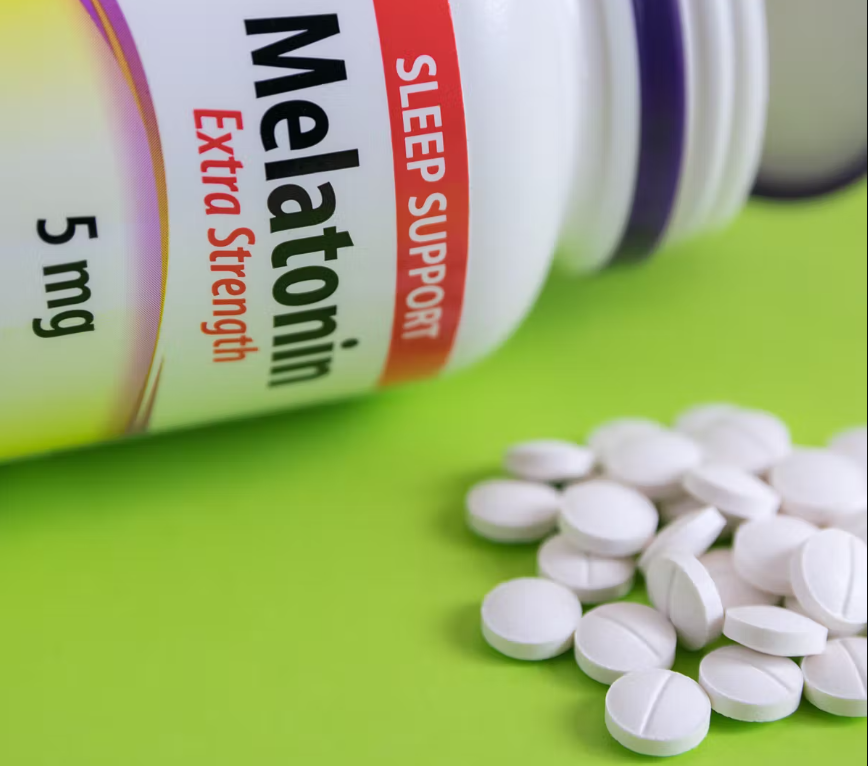One of the useful clinical applications of exogenous (supplemental) melatonin is administering it before typical dim light melatonin onset (DLMO) to shift the bedtime earlier. Advancing = shifting earlier. This concept comes in handy in several clinical scenarios:
- Delayed sleep-wake phase disorder in teens or adults
- Eastward travel
- Daylight saving time
- Social Jet Lag
- Chronic insomnia when circadian misalignment is a factor
The crux here is determining when DLMO occurs. This can be measured in the blood or saliva with a test or estimated with clinical history, actigraphy, diagnostic sleep testing, and/or sleep diaries. This is where your clinical sleep specialist shines. Notice how in this scenario we are assuming the endogenous melatonin secretion is normal, but the DLMO is later than desired. This is why determining the ROOT cause of the sleep disturbance is so important in determining if, when, and how much melatonin would be beneficial in a case.
This effect of melatonin has been reproduced and described in many scientific publications. However, people will say melatonin didn’t work because they were trying to use it right at bedtime with the idea that it would make them feel drowsy a few minutes later, then trying higher doses expecting to experience a sedative or hypnotic effect. I think of DLMO like pushing a domino, creating a cascade of events leading to sleep onset a few hours downstream. Melatonin can cause drowsiness at high doses but also increases potential side effects. For this reason I favor usage of 0.5 mg for phase shifting.
Dose AND the timing determine maximal phase advancement. We are also assuming the person is a normal sleeper with normal endogenous melatonin secretion with a bedtime of 11 PM and wake time of 7 AM.
Do you have questions about phase advancing with exogenous melatonin?


